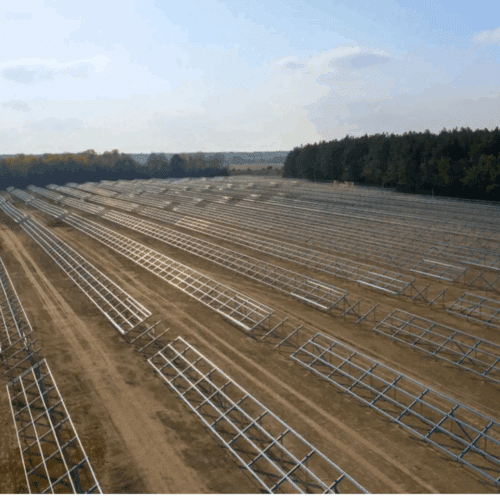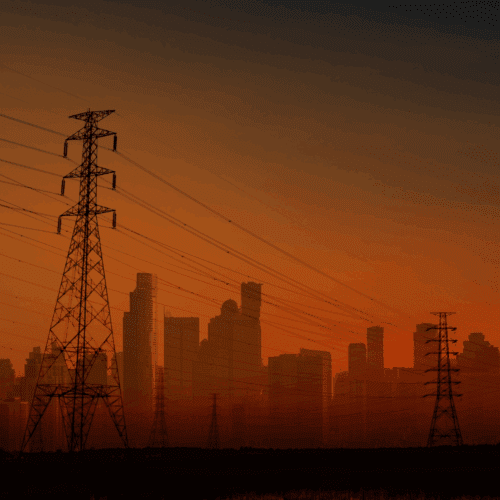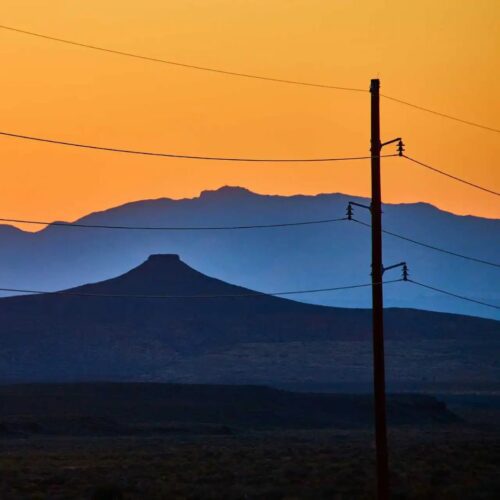How Data Centers Are Reshaping the Power Industry
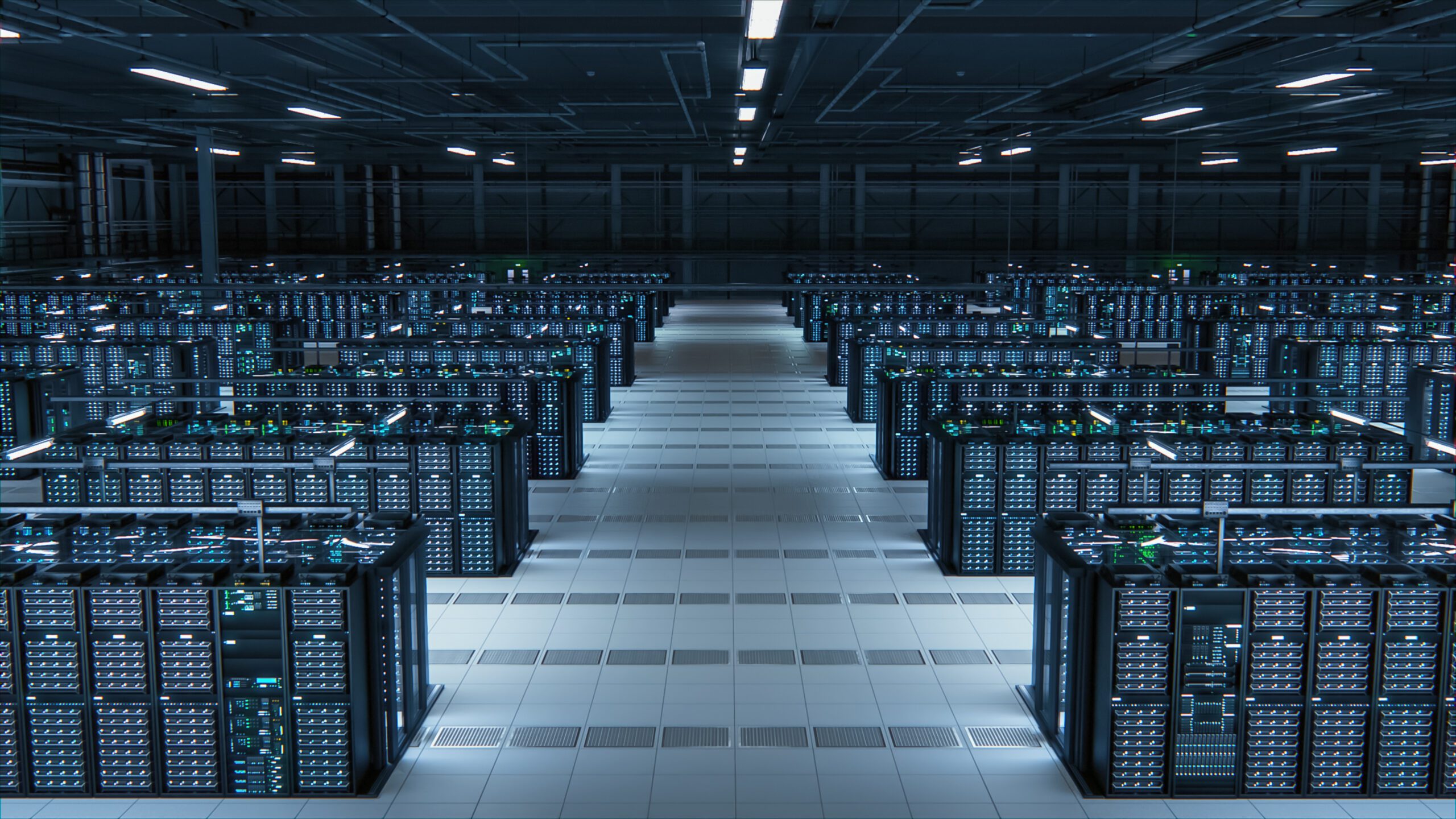

Sign up for our magazine
The premier outlet for compelling storytelling around the innovators and innovations driving the clean energy transition.
Every time you stream a movie, shop online, or use artificial intelligence (AI), data centers are working behind the scenes to make it happen. These massive hubs of computing power are growing fast and consuming more electricity than ever, bringing big challenges from the increased demand these data centers drive. Let’s dive into how the companies managing these data centers and the utilities that provide them power are navigating this high-energy relationship.
The Growing Demand for Data Centers
The electricity use from data centers is skyrocketing, and utilities are racing to keep up. Data centers in the United States consumed about 4.4% of the country’s total electricity in 2023, and this figure is projected to increase to approximately 6.7% to 12% by 2028, driven by the growing reliance on big data and IoT.
Utilities benefit from serving data centers. Their high, steady energy demand provides consistent revenue, helping utilities plan for future growth. However, the surge in data centers has put pressure on electric utilities. These facilities consume enormous amounts of power, sometimes straining local grids and requiring costly infrastructure upgrades.
Another major concern is environmental impact. Unless powered by renewables, data centers contribute to carbon emissions. Utilities must also balance the financial burden of upgrading power systems while ensuring fair pricing for all customers.
Expanding energy capacity isn’t easy. Building new power plants or upgrading grids takes time, regulatory approval, and significant investment. Meanwhile, data center demand keeps rising.
How Utilities Are Looking at Different Approaches
To manage the data center boom, utilities are implementing new strategies. Many are partnering with software and technology companies to develop renewable energy solutions, reducing reliance on fossil fuels.
Infrastructure upgrades are another priority. Utilities are expanding transmission capacity and exploring co-located power generation, where power plants are built near data centers to improve efficiency.
Alongside these approaches, pricing models are evolving too. Some utilities are introducing and creating new time-of-use rates, critical peak pricing programs, peak time rebates and real time pricing, and charging more during peak hours to encourage better energy management. Others are working on designing special tariffs to support clean energy growth.
A Look at the Efforts of Certain Utilities
As data centers continue to expand, utilities are making big moves to keep up. From negotiating new energy agreements to rethinking power generation strategies, here’s how some of the biggest players are responding:
Duke Energy is preparing for a surge in demand, with data center growth expected to accelerate from 2027 onward. The company has signed agreements to connect new capacity across its service areas, ensuring a steady power supply. A major selling point? Carbon-free nuclear energy. Many data centers prioritize sustainability, and Duke Energy is leveraging its nuclear resources to attract them. Meanwhile, they’re deep in negotiations over energy service agreements, working out how to structure rates and payments to balance costs while managing this influx of new demand.
Arizona Public Service (APS) is facing a significant challenge, with around 10 gigawatts of pending data center interconnection requests. To keep things running smoothly for existing customers, APS is exploring new tariffs that define the terms for these connections while maintaining grid reliability. They’re also looking ahead, planning significant additions of renewable energy by 2031 and considering new gas-fired power plants to handle peak load increases from data centers, electric vehicles, and other growing energy demands.
NV Energy is taking a proactive approach with new large-load tariffs designed to support clean, firm power generation in vertically integrated markets. These tariffs aim to balance the risks that both utilities and consumers face as data center energy use soars. Beyond pricing adjustments, NV Energy is focused on forging partnerships that accelerate carbon-free energy deployment, ensuring that the push for more power doesn’t come at the cost of sustainability.
As data centers reshape energy demand, utilities are rethinking everything from pricing models to long-term energy planning. Their ability to adapt will determine not just how well they serve data centers, but also how they maintain grid stability and keep costs fair for all customers.
The Future of Data Centers and Utilities
As data centers continue to grow, utilities must balance opportunity with responsibility. Expanding capacity, integrating renewables, and modernizing grids will be key to keeping up with demand.
The good news? Innovation is already happening. Smarter energy strategies, cleaner power sources, and better grid management will shape a future where data centers can thrive without overwhelming the power system.
Finding that balance won’t be easy, but one thing is clear—our digital world depends on getting it right.
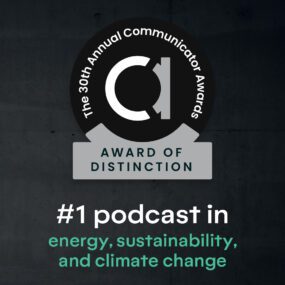
GridX Nabs a Communicator Award for With Great Power
With Great Power recognized for exceeding industry standards in business-to-business communications.

